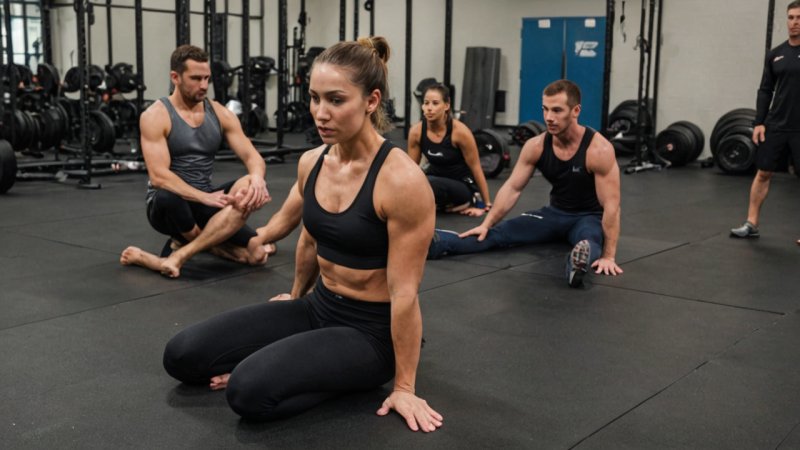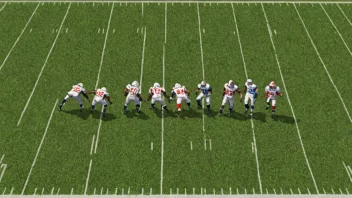In the world of athletics, mobility training often takes a backseat to more widely recognized aspects such as strength training and cardiovascular conditioning. However, understanding and implementing a robust mobility routine is essential for athletes seeking to enhance their performance while minimizing the risk of injury. Mobility training focuses on the ability of joints to move freely through their full range of motion, which is crucial for executing various athletic movements effectively. As athletes push the boundaries of their physical capabilities, the importance of mobility cannot be overstated. This article delves into why mobility training is a cornerstone of athletic performance, its various benefits, and practical tips for incorporating it into training regimens.
Understanding Mobility and Its Role in Athletic Performance
Mobility refers to the ability of a joint to move actively through its full range of motion. Unlike flexibility, which is a passive ability, mobility involves dynamic movement that is essential for all sports. A well-developed mobility routine can lead to improved performance by allowing athletes to achieve proper movement patterns, maintain balance, and execute techniques more efficiently. For example, in sports like football, a wide receiver needs excellent hip mobility to change direction quickly and evade defenders. Thus, a lack of mobility can severely hinder an athlete's performance and increase the likelihood of injuries.
Benefits of Mobility Training
- Injury Prevention: Enhanced mobility reduces the risk of injuries by promoting proper movement mechanics and muscular balance.
- Improved Performance: Athletes with greater mobility can perform movements more efficiently, leading to better overall performance.
- Enhanced Recovery: Mobility work can aid recovery by increasing blood flow to muscles and facilitating the removal of metabolic waste products.
- Better Posture and Alignment: Improved mobility can lead to better posture, reducing the strain on muscles and joints.
Key Mobility Exercises for Athletes
Incorporating a variety of mobility exercises into a training routine is essential for developing joint range of motion. Here are some effective mobility exercises that athletes can perform regularly:
1. Hip Openers
Hip mobility is crucial for many sports, especially those requiring running or lateral movements. Exercises such as the 90/90 stretch or hip circles can help enhance hip flexibility and strength.
2. Thoracic Spine Rotations
Mobility in the thoracic spine is essential for upper body movements. Incorporating thoracic rotations can improve shoulder mobility, which is particularly beneficial for athletes in sports like swimming or baseball.
3. Ankle Dorsiflexion Stretch
Many athletes overlook ankle mobility, yet it plays a critical role in running and jumping. The ankle dorsiflexion stretch helps improve the range of motion at the ankle joint.
4. Shoulder Dislocates
Using a resistance band or a dowel, shoulder dislocates can help improve the mobility of the shoulder joint, which is vital for athletes in sports requiring overhead movements.
Incorporating Mobility Training into Your Routine
To reap the benefits of mobility training, athletes should consider integrating these exercises into their warm-up and recovery routines. Here are some tips for successful implementation:
- Consistency is Key: Set aside dedicated time for mobility training at least three times a week.
- Focus on Quality: Perform each movement with proper form, focusing on control and range of motion rather than speed.
- Listen to Your Body: Pay attention to how your body responds to mobility work, and adjust your routine as needed.
- Combine with Strength Training: Incorporate mobility work alongside strength training to enhance overall performance.
Advanced Mobility Techniques
For athletes looking to take their mobility training to the next level, considering advanced techniques such as dynamic stretching and myofascial release can be beneficial. Dynamic stretching incorporates movement into the stretching process, warming up the muscles while enhancing mobility. Myofascial release, often done with foam rollers or massage balls, helps relieve tension in the fascia and muscles, improving overall mobility.
Mobility Training Across Different Sports
Different sports have unique demands when it comes to mobility. For instance:
- Cycling: Focus on hip and ankle mobility to enhance pedaling efficiency.
- Football: Emphasize hip and thoracic spine mobility for better agility and movement patterns.
- Winter Sports: Prioritize ankle and hip mobility to improve balance and control on the slopes.
- Motorsports: Engage in neck and thoracic mobility exercises to handle high-speed turns and maintain vehicle control.
Conclusion
In conclusion, mobility training is a crucial yet often overlooked element of athletic performance. By investing time in developing mobility, athletes can enhance their performance, prevent injuries, and ensure longevity in their sports careers. Incorporating a variety of mobility exercises tailored to specific sports and individual needs will provide the foundational strength and flexibility required for optimal performance. As the sports landscape continues to evolve, understanding the significance of mobility training will undoubtedly empower athletes to reach new heights in their respective disciplines.






